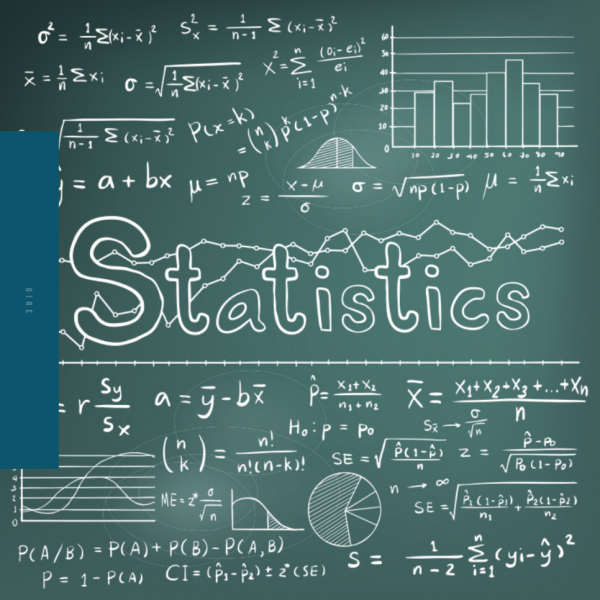|

In research and academic papers, including statistics (data analysis) is crucial for producing high-quality work. A well-crafted paper is one that has clear evidence supporting its claims, hypotheses, and results. For instance, if you want to argue that “Method A leads to faster academic improvement than Method B,” providing quantitative data like “Method A led to a 10% faster improvement in scores than Method B” will make your argument more scientific and enhance the quality of your paper. Statistics can answer an endless number of questions. Let's explore why statistics are so essential in research.
What Is Statistics? Statistics is the study of methods for collecting, summarizing, analyzing, and drawing conclusions from data. Through statistical analysis, researchers can understand data better and make inferences about larger populations. By systematically collecting, describing, analyzing, and interpreting data, researchers can draw meaningful and useful conclusions that help address real-world problems. Statistics is particularly useful in research because it systematically describes variability and uncertainty, making it a powerful tool for drawing valid inferences.
1. Descriptive Statistics Descriptive statistics describe the characteristics of a sample or population using measures such as mean, median, and standard deviation. It provides a quick summary of the data, helping researchers understand the data’s characteristics.
2. Inferential Statistics Inferential statistics extend beyond the data at hand to make predictions or generalizations about a larger population. By drawing samples from a population and making inferences based on sample characteristics, inferential statistics help establish the reliability of observations made from sample data.
3. Regression Analysis (Causal Relationships) Regression analysis is used to determine relationships between two or more variables (independent and dependent variables). It helps identify how independent variables affect dependent variables.
- Simple Regression: Used when there is one independent variable. - Multiple Regression: Used when there are two or more independent variables.
4. Hypothesis Testing Hypothesis testing determines whether the observed results are statistically significant. It helps confirm or refute research hypotheses by examining whether there are notable differences between groups or significant effects of interventions.
5. Difference Analysis Analyzes differences between groups based on factors and number of groups, using methods like t-tests and ANOVA. - Independent T-Test: Compares two groups. - ANOVA: Compares three or more groups.
6. Survey Analysis - Frequency Analysis: Examines general characteristics of samples. - Factor Analysis and Reliability Analysis: Assesses validity and reliability.
The Importance of Statistics
Statistics is a valuable tool that helps researchers understand data and analyze large datasets accurately.
1. Validity of Research Using statistical methods helps avoid biases and ensures that the results are valid and reliable. It allows researchers to be confident about the accuracy of their conclusions and the applicability of their findings.
2. Generalizability Results obtained from research should be generalizable to the entire population. Statistics help calculate the likelihood of random errors, enabling researchers to confidently generalize their results.
3. Predictions Well-executed research using statistical tools can provide reliable and valid predictions, which are essential for making informed decisions in areas like public policy and strategic planning.
4. Significance Statistical significance helps establish the credibility of research results. Determining significance can influence whether actions are taken based on the findings or if they are dismissed.
5. Visualization of Results Statistics enable visual representation of data, making it easier for researchers to interpret their results. Data visualization techniques, such as graphs and charts, offer a quick and efficient way to understand and communicate data.
In conclusion, incorporating statistics into research is essential for understanding data, making informed and valid claims, and supporting scientific inquiry. As the importance of data continues to grow in today’s world, the role of statistics in research is increasingly highlighted. Researchers can now use advanced statistical methods to model complex phenomena, analyze diverse datasets, and draw reliable conclusions. |
 Click here to book
Click here to book